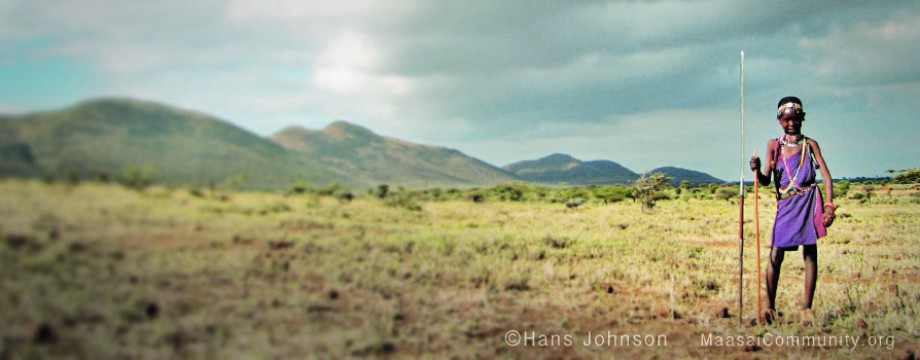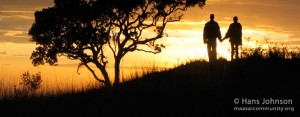From the BBC:Â Dorobo men cut and butcher an already dead wildebeest before taking it away.
“Especially Me”
Our friends in the band Low were instrumental in helping raise funds for the construction of the Namuncha Adult Literacy Center.
Low a new CD out on Subpop called C’mon. Here is a little video set to their new song Especially Me made using images from Namuncha, Kenya.
Enjoy!
(Listen to field recordings of Maasai music at http://www.cdbaby.com/cd/maasaipeople.)
Who are the Maasai?
Cultures change over time. Like branches on a tree, many cultures share the same deep roots while taking many forms on the surface.
Maasai culture is similar to a tree with its branches. Maasai culture takes many forms rooted in a common system of beliefs, customs, social structure, etc. – often varying across time and space.
The following is a very basic description of who the Maasai people are:
Name: Maasai, which means ‘my people.’
Location: Kenya and Tanzania

Population: Roughly 1 million
Language: Maa
Ancestry: Nilotic peoples from southern Sudan.
Economy: Primarily cattle herding (along with goats and sheep), some subsistence agriculture with pockets of large-scale farming.
Spiritual Beliefs: Belief in ‘Enkai,’ an omnipresent diety. There has been a recent introduction of western religions.
Community: Historically homesteads have contained one or several family homes. Thorn bush enclosures keep domestic animas safe from predators. Grazing land and water resources are generally shared.
Environment: Open grasslands called savannah, much of it surrounded by hills and forests filled with wildlife. Rains fall seasonally, historically from mid March through May, and October through November. However, prolonged and more frequent drought has resulted in a dramatic decline in seasonal rainfall.
Music: Traditional Maasai music is almost entirely vocal, with the exception of the kudu horn, shaken jewelry and rare hitting of sticks. Typically a group will sing polyphonic rhythms in unison while members take turns singing solo above the group’s chant. An example can be heard in this clip (song can be downloaded here):
Download your own Maasai music tracks at http://www.cdbaby.com/cd/maasaipeople.


